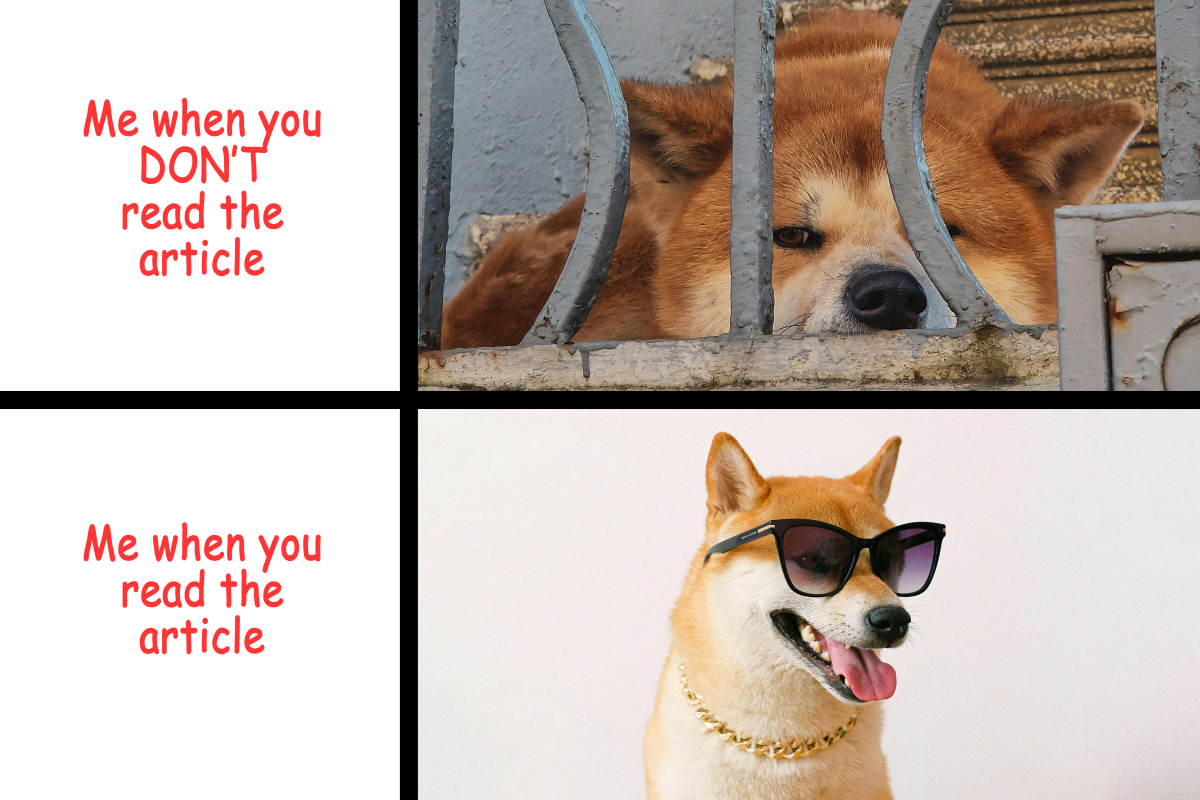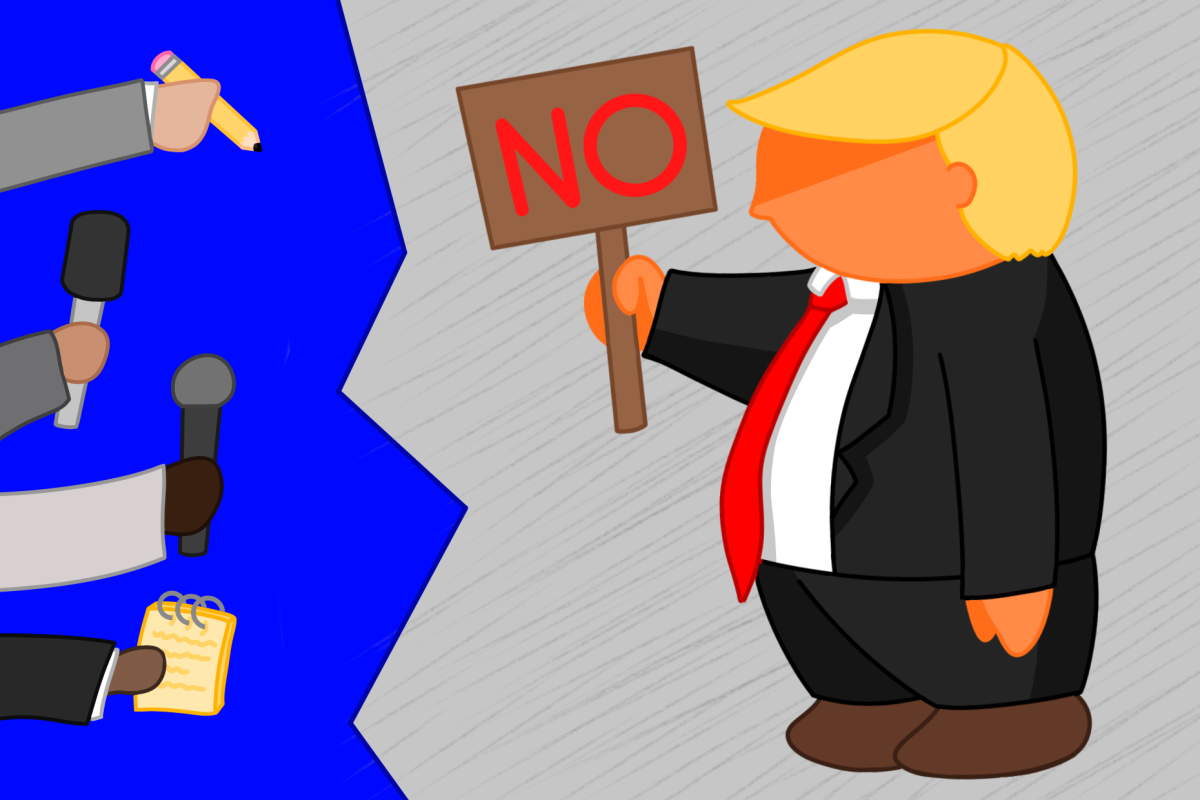Gen Z is incredibly unique, raised alongside the internet and all of the social media platforms within it. This specific exposure has made Gen Z an anomaly among other generations; we’re much more diverse and expressive due to the amount of content we can access. This includes Gen Z humor, distinguished for its rich absurdism, which responds to our uncertainty in this world. This absurdity will only increase as the world grows increasingly globalized, multifaceted, and overall chaotic.
Absurdist humor is nothing new. It arose in the early 20th century from Dadaism, which challenged societal norms during World War I. This cultural movement created new art forms amid a disillusioned world, allowing for intentionally spontaneous and nonsensical freedom. From Dadaism came surrealism, a cultural movement focused on envisioning life through dreams and the unconscious. A well-known surrealist piece is Salvador Dali’s “The Persistence of Memory,” a painting with melting watches that symbolize the movement of time. Another is Franz Kafka’s novel, “The Metamorphosis,” a sort of surrealist “Death of a Salesman,” where a salesman becomes an insect, serving as a metaphor for isolation.
Neither of these examples portray realistic occurrences. Melting watches and human-turned-insects are perplexing images that most people can’t logically understand, making them humorous and absurd. But they portray realistic themes, which is why people seeking meaning in an illogical world gravitate toward them.
Various types of humor besides absurdism have prevailed within other generations, though. For instance, the Boomer generation’s humor is typically centered on “bullying” other generations. They often reference practices that operate differently in modern society that they feel nostalgic for in an “only the real ones know” sense. Examples range from topics like music, which was consumed on purchased cassettes instead of phones with instant accessibility, to marriage, which felt much more like an obligation than it does today.
Gen X enjoys observational humor, taking pride in their origins, believing that their difficult childhoods allowed them to concretely form their identity. This TikTok, for instance, emphasizes the “toughness” of Gen X in comparison with Gen Z, claiming that Gen Z would cower if they participated in activities like tackle football or smoked Marlboro Reds. Millennials also take a humorous stance on their identity, but through self-deprecation, belittling themselves so others won’t get the chance to. This video demonstrates the humor that swarmed the internet in the mid-2010s, a time when it was overwhelmingly millennial.
These previous generations had a focus that their humor was oriented around, whether it was their identity or the world in general. They could understand what was happening around them in their time and place because it was often a condensed version of what was happening around the world. In other words, events were viewed through the lens of their community’s culture. However, Gen Z doesn’t necessarily have this isolation since we are connected to the globalized internet. Therefore, Gen Z is confused, with our view of the world extending beyond what is physically near us. As a result, the layers of our humor are augmented in this confusion.
There is more going on than we can see flash before our eyes since we have access to practically anything happening at our fingertips. Forty years ago, something topical was found everywhere, from headlines in the newspaper to the center of jokes on every late-night show. But there is not just one thing that is “topical” anymore. No single subject of attention is shown everywhere unless it has a direct effect everywhere, like the war on Gaza, for instance. It is even rarer that a topic receiving worldwide attention is morally appropriate to humorize.
As more conflict and newsworthy topics layer upon each other, each individual viewpoint becomes increasingly important, many of which are concerned with censorship and political correctness. Therefore, discerning what events warrant a humorous response is difficult. Can we make fun of this? How many people will see this? Who will it offend? Much more is taken into account than ever in both welcoming and classifying humor, which increases complication.
With the constant outpouring of information, it is often unknown what is factual and what is not. Worldwide events stem from each other in unpredictable ways and are connected in webs that are easily susceptible to breaking. Therefore, the full context of these events and their sensical value turn foggy, along with our humor. The root of the joke can easily get lost, harvesting a breeding ground for absurdism.
Think of any meme you have seen on the internet, and try tracing the origin of it. Is it the subject matter, the context surrounding the subject matter, the layout, or any subtle detail in the background? Often, it is reimagined so much that it is hard to tell, so it ends up holding various meanings for each person. There is no longer any unity in what people know about because there is so much knowledge out there. The world has become a cesspool of information that one person could never sift through.
Those surrealist art pieces that came forth at the beginning of Dadaism a hundred years ago were only beginning to parallel the state of the world then. Now, it is like one of those paintings is cloaking the world. “The Persistence of Memory” persists because time is relative and much more threatening now in this globalized and technologically advanced society. It is something we are at the mercy of.
As the internet unveils more opportunities for connectivity, it will unveil an equal amount of dissonance. People won’t be on the same page because of all the content there is to consume. There will not be one central understanding of the world, and it will be harder to find one. Therefore, the humor we use to cope will continue to be absurdist because nothing makes sense anymore. Absurdism is our reality.
































